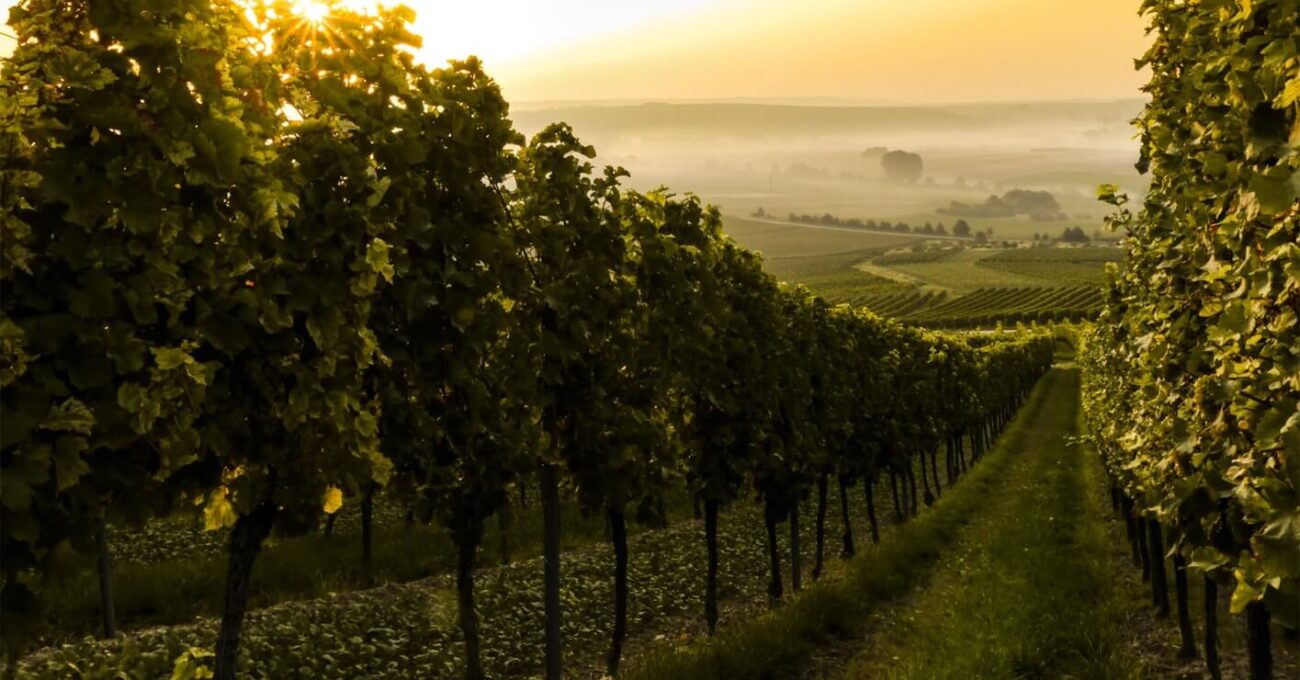Where Does Chianti Come From? A Deep Dive into the Origins and Traditions of this Iconic Wine
Chianti, a name that often evokes images of romantic candlelit dinners, hearty Italian meals, and the lush rolling hills of Tuscany. But where does Chianti come from, and what makes this wine so special? In this article, we will explore the fascinating origins, unique production process, and deep-rooted traditions of Chianti wine.
The Birthplace of Chianti: Tuscany, Italy
The answer to the question “where does Chianti come from?” lies in the heart of Italy, in the picturesque region of Tuscany. Known for its stunning landscapes, rich history, and exceptional cuisine, Tuscany is also the birthplace of Chianti wine. The Chianti region, situated between Florence and Siena, is characterized by its gentle hills, ancient vineyards, and medieval villages, adding to the charm and allure of this world-renowned wine.
Chianti’s history can be traced back to the 13th century when it was initially produced as a white wine. However, it wasn’t until the 18th century that Chianti’s signature red blend was developed, and the wine began to gain widespread recognition.
The Grapes Behind Chianti: Sangiovese and its Companions
Chianti wine is primarily made from the Sangiovese grape, which is indigenous to Tuscany. The Sangiovese grape gives Chianti its distinct flavors of red fruits, earthy notes, and a hint of spice. In addition to Sangiovese, Chianti can also include a blend of other red grape varieties, such as Canaiolo, Colorino, and Cabernet Sauvignon.
Some white grape varieties, like Trebbiano and Malvasia, may also be added to the blend, but this practice is less common in modern Chianti production.

The Grapes Behind Chianti: Sangiovese and its Companions
The Chianti Classification System: Unraveling the Mystery
When exploring where Chianti comes from, it’s essential to understand the Chianti classification system. This system helps to categorize Chianti wines based on specific quality levels and production areas. There are four main classifications of Chianti:
- Chianti: The most basic classification, Chianti wines can come from anywhere within the broader Chianti region. These wines must have a minimum of 70% Sangiovese grapes and are generally lighter and more approachable.
- Chianti Classico: Chianti Classico wines come from the historical heart of the Chianti region. These wines must contain at least 80% Sangiovese grapes and are typically more complex, with higher quality standards than basic Chianti.
- Chianti Classico Riserva: A step above Chianti Classico, Riserva wines must be aged for a minimum of 24 months, with at least three months in the bottle. They are known for their increased complexity and aging potential.
- Chianti Classico Gran Selezione: This is the highest classification of Chianti, reserved for the best vineyard sites and most selective winemaking processes. Gran Selezione wines must be aged for a minimum of 30 months and are considered the epitome of Chianti quality.
The Role of Tradition and Innovation in Chianti Production
When it comes to the production of Chianti, tradition and innovation go hand in hand. Many winemakers in the Chianti region still use time-honored techniques, such as aging the wine in large oak casks known as botti, which impart a subtle oak influence and allow the wine to develop its complex flavors slowly.
However, innovation also plays a crucial role in Chianti’s evolution. Modern winemakers, like Clantenova, have embraced new technologies and techniques to improve the quality and consistency of Chianti wines. This includes the use of stainless steel fermentation tanks, smaller oak barrels for more controlled aging, and updated viticultural practices to enhance grape quality.
The Importance of Food Pairing: Chianti’s Culinary Connection
A key aspect of understanding where Chianti comes from is appreciating its connection to food. Chianti’s bright acidity, moderate tannins, and versatile flavor profile make it an ideal partner for a wide range of dishes, particularly those from its native Tuscany. Classic pairings include pasta with tomato-based sauces, grilled meats, and aged cheeses.
In conclusion, the answer to “where does Chianti come from?” is rooted in the rich history, unique terroir, and deep-seated traditions of Tuscany. Chianti wines with their different styles and levels of quality, such as those you can purchase at our winery, continue to fascinate wine lovers around the world, offering a taste of Italy’s vibrant culture and culinary heritage in every sip.


One thought on “Where Does Chianti Come From? A Deep Dive into the Origins”